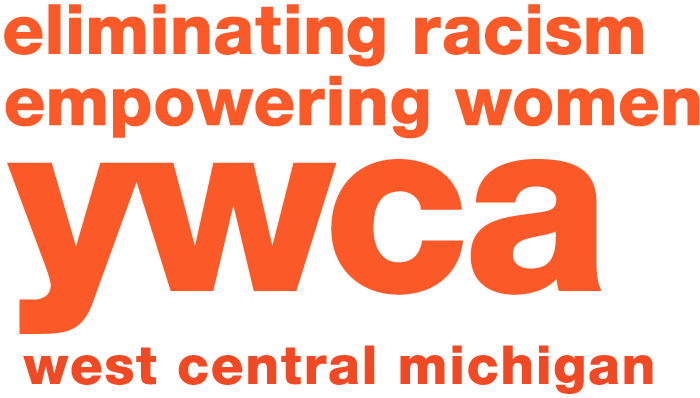Intersectionality: Race, Gender, and the LGBTQ+ Community
I am a woman. I am a woman of color. I am a lesbian.
I am all of these woven into one wonderful mess of a human being. The interconnectedness of these identities is what is known as “intersectionality.” Intersectionality, as defined by Wikipedia, is “an analytical framework for understanding how aspects of a person’s social and political identities combine to create different modes of discrimination and privilege.”
At the YWCA West Central Michigan, we use intersectionality to gain a better understanding of how someone’s overlapping identities can create barriers that are uniquely challenging. In regards to the work we do, intersectionality assists us in assessing a person’s risk to domestic abuse, sexual violence, homelessness, etc.
For instance, the rate of domestic violence, rape, and stalking among women of color is 30-50% higher than that of their white counterparts. If a woman of color is also a lesbian, that risk is increased even more. Nearly 50% of lesbians have experienced these forms of violence, and over 60% for women who are bisexual. This risk is even higher if a person also identifies as trans.
Trans women of color have experienced increasing amounts of violence. In 2018, the Humans Rights Campaign shared that 26 trans women, mostly women of color, were murdered. In 2020, there were at least 44 transgender or non-conforming murdered, with a majority of them being Black or Latinx. This rate of violence is a pandemic, within a pandemic, within another pandemic.
So what can you do to help?
Educate yourself! Research statistics, read books, volunteer for an organization that seeks justice for marginalized communities.
Through continued awareness and willingness to learn, you can make a difference in the lives of those around you.
